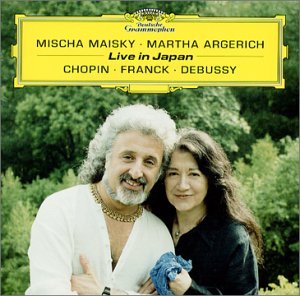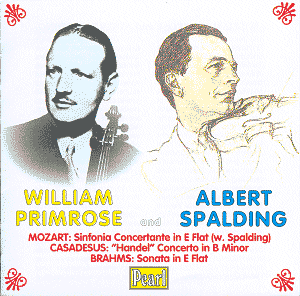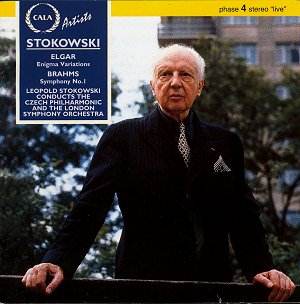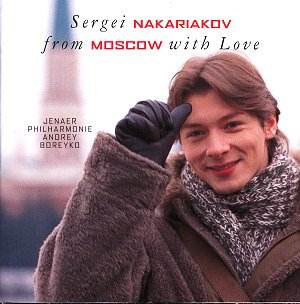 Composer: Frederic CHOPIN
Composer: Frederic CHOPIN
Works: Sonata for Cello and Piano in G minor, Polonaise brillante Op. 3
Performers: Mischa Maisky, cello; Martha Argerich, piano
Recording: Live concert recording, Kyoto, Japan, November 2000
Label: Deutsche Grammophon (DG 471 346-2)
Frederic Chopin, a quintessential figure in the Romantic era, composed his Sonata for Cello and Piano in G minor during a period of profound personal and artistic reflection. Written in 1846, it reveals a blend of lyrical expressiveness and structural rigor that marks the composer’s late style. The Polonaise brillante Op. 3, composed in 1838, showcases Chopin’s penchant for grand gestures and virtuosic demands, both of which serve as a vehicle for emotional depth. This recording, featuring cellist Mischa Maisky and pianist Martha Argerich, offers an interpretation that is as ambitious as it is controversial.
The performance opens with the G minor sonata, yet the initial Allegro moderato is marred by a series of interpretative misadventures. Maisky’s approach to tempo is erratic, resulting in fluctuations that dismantle the movement’s inherent architectural integrity. For instance, the exaggerated accelerando towards the movement’s climax at 3:20 lacks the necessary tension and coherence, leaving the listener grappling with a sense of directionlessness. Argerich’s pianism, while characteristically powerful, often veers into over-accentuation, particularly at 5:40, where the dialogue between cello and piano becomes lopsided. The Largo, rich in lyrical potential, devolves into a morass of indulgence, with Maisky’s phrasing losing its focus in a haze of self-serving expressivity, ultimately depriving the music of its profound emotional resonance.
Turning to the Polonaise brillante, the performers exhibit a similar tendency towards self-indulgence. Maisky’s execution of the opening theme is marked by an over-emphasis on dynamic contrasts, drawing attention away from the thematic material itself. The passage at 4:10, intended to showcase virtuosic flair, instead highlights an inconsistency in articulation that detracts from the work’s celebratory character. This tendency towards exaggeration continues throughout, underscoring an overarching lack of structural awareness that becomes increasingly problematic as the performance unfolds.
Transitioning to the Franck Sonata, typically performed by violinists, the adaptation for cello is engaging but ultimately falls victim to the same interpretative flaws as its predecessors. The opening movement’s rhapsodic nature is undermined by a sluggish tempo that betrays the music’s inherent momentum. Argerich’s piano part, particularly in the Allegro, oscillates between clarity and muddled textures, exemplified at 7:40 where the articulation disintegrates under the pressure of excessive speed. Here, other recordings, such as that by the legendary duo of Maurice Marechal and Robert Casadesus, demonstrate how a more disciplined approach can yield a compelling narrative without sacrificing expressivity.
The Debussy Sonata, while offering moments of freshness, suffers from technical missteps, especially in the pizzicato passages where Maisky’s distortions of pitch obscure the delicacy inherent in Debussy’s writing. This lack of rhythmic precision betrays the structural cogency that is vital to the piece, leaving the listener yearning for a performance that respects the composer’s nuanced language.
The recording quality, taken from a live performance, captures the vibrancy of the concert atmosphere; however, it does little to mitigate the interpretative shortcomings of the artists. The sound engineering is competent but lacks the clarity that would allow each instrument to shine in its own right, often creating a sonic blend that diminishes the individual voices.
The cumulative effect of these performances is a disappointing divergence from the high standards one would expect from such illustrious artists. While the exuberance of live performance can often engender thrilling interpretations, here it devolves into a self-indulgent display that prioritizes bravura over musical integrity. The interpretative choices made by Maisky and Argerich, while certainly passionate, ultimately obscure the deeper emotional landscapes of the works. This recording stands as a testament to the challenges of balancing technical prowess with artistic sincerity, suggesting that, for those seeking a definitive interpretation of these beloved compositions, other recordings may serve as more trustworthy guides.



